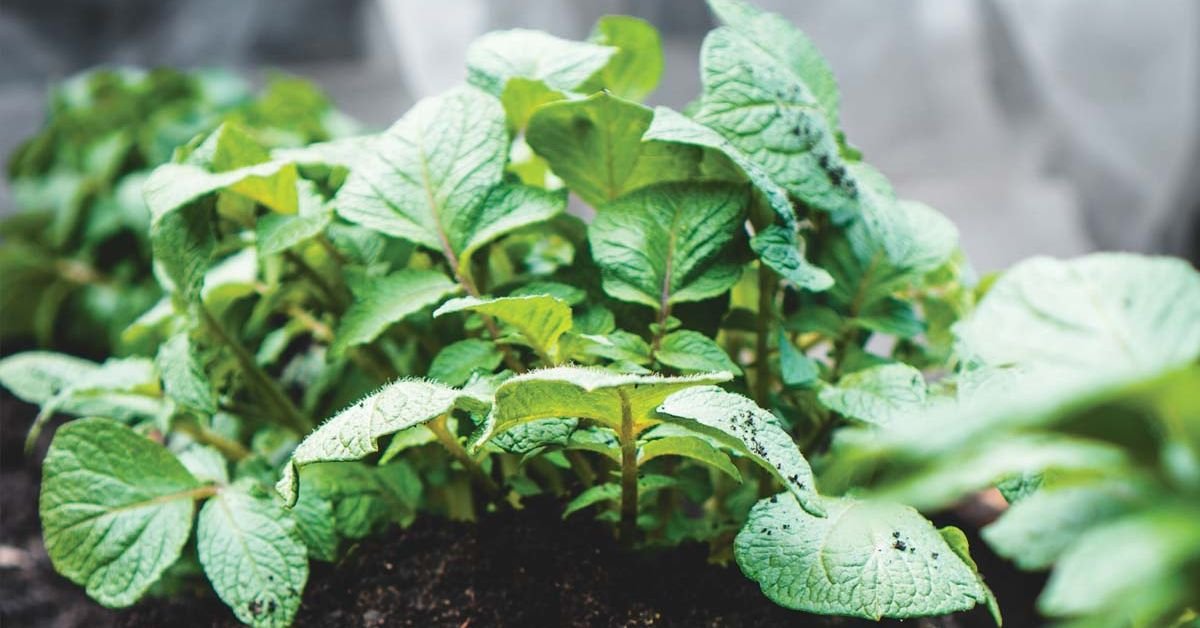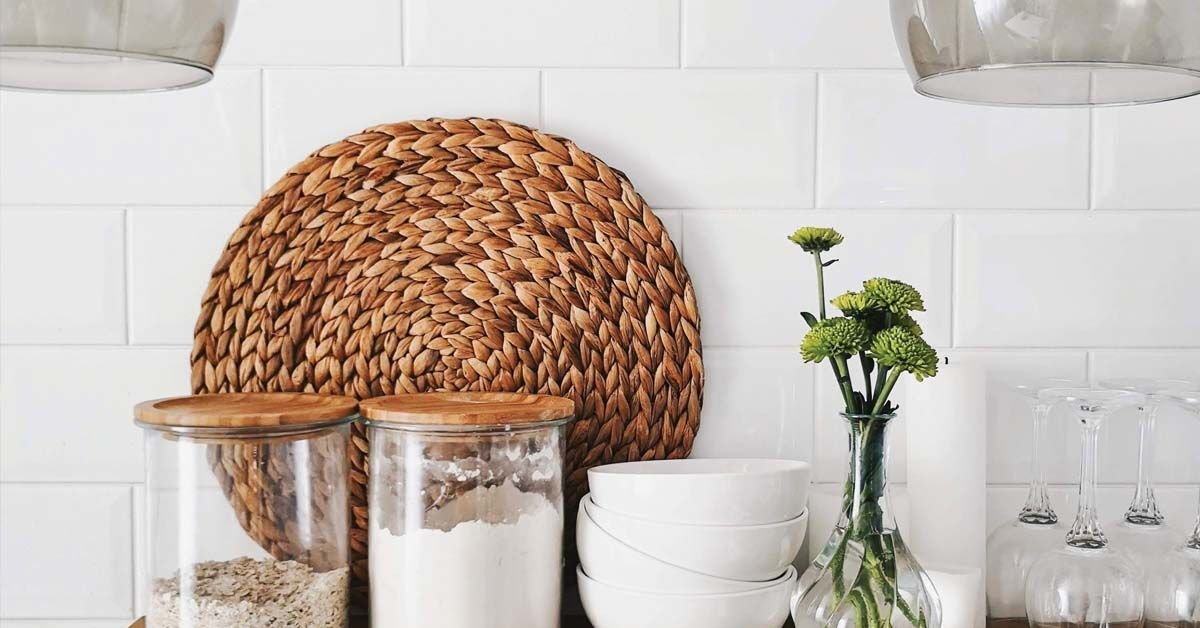Since ancient times, people have depended on various types of homes for security, comfort, and social connection. However, in recent years, the trend towards larger and quickly constructed homes has led to significant environmental consequences. If you are considering building or renovating your home, think about utilizing sustainable materials and energy sources.
“A home is your canvas,” states Arno Keinonen, who transitioned from a marine engineering career in the Arctic to establish a carbon-negative residence in East Sooke, BC. Constructed from hemp and lime blocks, Keinonen’s home stands as an impressive example of eco-friendly architecture, beautifully situated on a cliff with expansive views of the ocean and sky.
“At first, people thought I was insane,” recalls Keinonen about the initial planning stages of his home build. Nevertheless, he persisted. Today, he and his wife enjoy a self-sufficient residence that captures carbon from the air and is powered by sunlight. They have systems in place to recycle rainwater and greywater, cultivate food throughout the year within a greenhouse, and contribute extra energy back to the grid.
“We named it the ‘Harmless Home,’ not because it does no harm—all buildings impact the environment—but because it significantly reduces it,” explains Keinonen.
The hidden cost of construction
Construction exerts a massive strain on our environment. A large portion of construction waste is sent to landfills, even though about 75% of it could be reused or recycled. In Canada, over 25% of landfill waste originates from construction activities. Additionally, buildings are responsible for roughly one-quarter of the total energy consumption in the country.
Did you know? Within just one generation, the average size of Canadian homes has doubled, from 1,050 square feet in 1975 to 1,950 square feet in 2010.
What is green building?
Green building involves creating structures that minimize environmental harm and require fewer resources for upkeep. This practice encompasses the entire lifecycle of a building, from site selection and design to construction, operation, maintenance, renovation, and demolition.
In practical terms, this could mean constructing on previously developed land close to public transit, opting for sustainable materials like recycled or salvaged wood, and minimizing construction waste through reuse. It may also involve installing efficient energy and water management systems and selecting non-toxic finishes for flooring, furniture, and paint.
“A house should harmonize with nature, not be imposed upon it,” shares Ryan Elliot, founder of Cast Sustainable Construction, an eco-friendly renovation and construction firm based in North Vancouver.
Elliot emphasizes the need to adopt Indigenous principles that advocate for stewardship of the land instead of ownership. “Our methods of building should reflect how humans can coexist peacefully with nature,” he asserts.
Benefits of green building
Choosing green has numerous advantages, and it doesn’t have to be prohibitively expensive.
Cathy Finley, a farmer who created and resided in a hemp home in Langley, BC, estimates that her home only cost about 10% more than a conventional build—a minor increase when considering the long-term savings on energy, water, and maintenance. She describes the process as invaluable.
“Our building site was just a group of people and buckets,” she recounts. “We avoided toxic concrete mixes and prepared the hemp ourselves.”
Despite the hands-on aspects, Finley asserts that the modern design of her home dispelled common misconceptions about “eco” housing.
“At first, visitors would come dressed in layers,” she chuckles. “They expected it to be freezing!”
To their surprise, the house remained warm throughout winter. In summer, the hemp walls kept it so cool that food stayed fresh in the refrigerator without needing to be powered on.
Hemp power
Hemp significantly contributes to CO2 absorption throughout its lifecycle. As an efficient insulator, certain hemp blocks also offer resistance to fire, earthquakes, noise, and mold.
The future of green building
“The more people choose to build green, the more affordable these practices will become,” states Keinonen. “We need to set an example and demonstrate the demand for these materials and methods.”
Both Keinonen and Finley emphasize the importance of fostering informed discussions on green building for a broader audience. Finley also advocates for greater government support, possibly in the form of subsidies, to initiate progress.
“We need leadership that makes sustainable building attainable,” she says. “There must be a greater willingness to investigate and embrace innovation.”
Elliot worries that overly depending on government and industry support for promoting green building might hinder substantial change. He envisions a future where innovation occurs on a smaller scale, with diverse individuals pursuing groundbreaking solutions to coexist respectfully with the land.
“We’re just one part of a larger whole,” he remarks.
Making sense of certifications
Want to make your green building intentions official? There are various green building certifications available, such as:
Built Green
A national certification program that considers energy and envelope, materials and methods, indoor air quality, ventilation, waste management, water conservation, and building practices.
LEED (Leadership in Energy and Environmental Design)
An internationally recognized certification that provides certified, gold, silver, or platinum ratings based on five criteria: location and transportation, sustainable site development, water savings, energy efficiency, and materials selection and indoor environmental quality.
Living Building Challenge
A global program that integrates philosophy, advocacy, and formal certification. It emphasizes regional solutions rather than a simple checklist of best practices, focusing on seven central areas: place, water, energy, health and happiness, materials, equity, and beauty.
Sustainable choices from floor to ceiling
Energy — renewable sources such as solar, wind, geothermal, hydro, and biofuels.
Flooring — options like bamboo, cork, natural fiber carpets, and sustainable wood.
Insulation — materials including cellulose, mineral wool, cotton, sheep’s wool, mushroom fiber, and agricultural products.
Paint — low- and no-VOC (volatile organic compounds) choices, like latex or milk paints.
Roof — green roofs featuring living plants, either permanent or temporary.
Walls — constructions using hemp, non-wood-fired bricks, recycled bricks, and clay.
Water — systems for capturing rainwater and recycling greywater.
Windows — triple-pane windows for colder climates.
Wood — recycled, reused, or reclaimed wood sourced from construction waste.
For additional information on these materials and practices, please visit greenbuildingcanada.ca.






